Depending on your Remote Desktop Protocol (RDP) server setup, you may experience issues with your microphone not working during RDP sessions. This often happens because the microphone feature is disabled by default and requires manual activation. In this step-by-step guide, we will show you how to enable microphone access in Remote Desktop, troubleshoot common microphone problems, and ensure smooth and reliable audio input during remote desktop connections. Follow these instructions to fix microphone issues and improve your remote work experience with Windows RDP.
Configuring Device Redirection Services
To configure settings, open gpedit.msc on the local machine you will use to connect to the remote terminal.
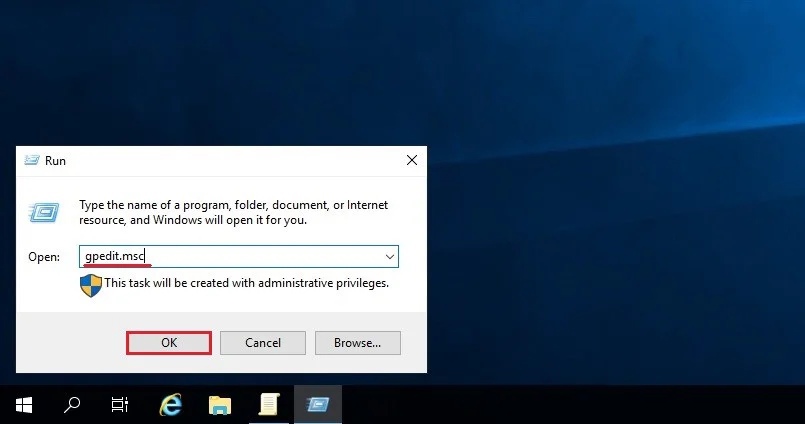
Attention: If you had an error saying that "can't find group policy editor" use this instruction
Go to the path:
Local Computer Policy -> Computer Configuration -> Administrative templates -> Windows Components -> Remote Desktop Services -> Remote Desktop Session Host -> Devise and Resource Redirection-> Enable "Allow audio recording redirection" и "Allow audio and video payback redirection".

Same policy you have to enable on the remote server.
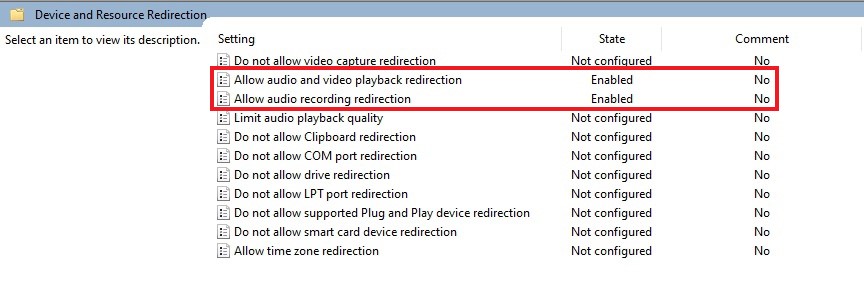
Attention: Service should be enabled on local and remote servers
Enabling Windows Audio Services
On the both machines you have to enable Windows Audio service. Go to the Start menu and in a searching bar look for "Services":
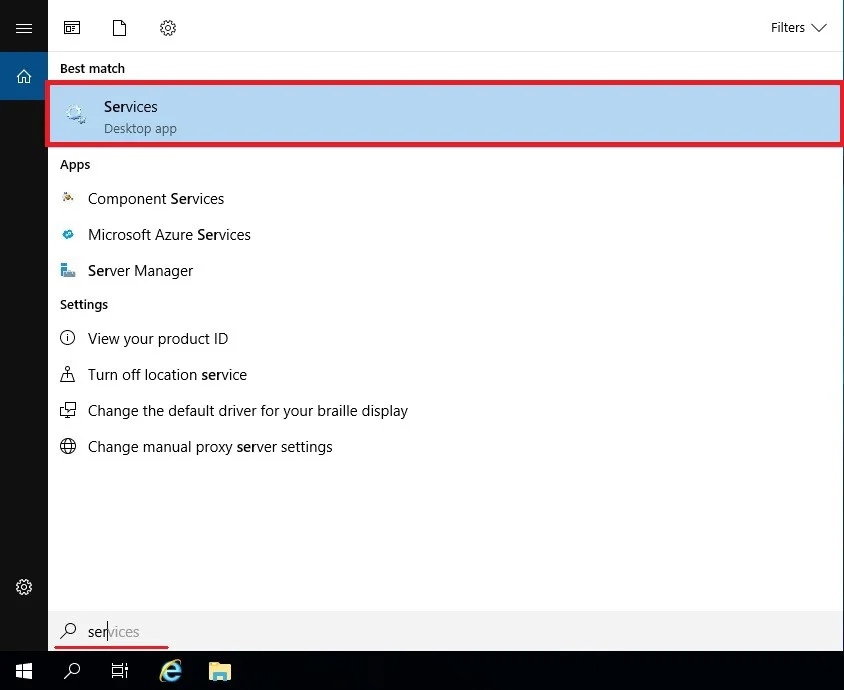
Scroll Down and find Windows Audio Service:
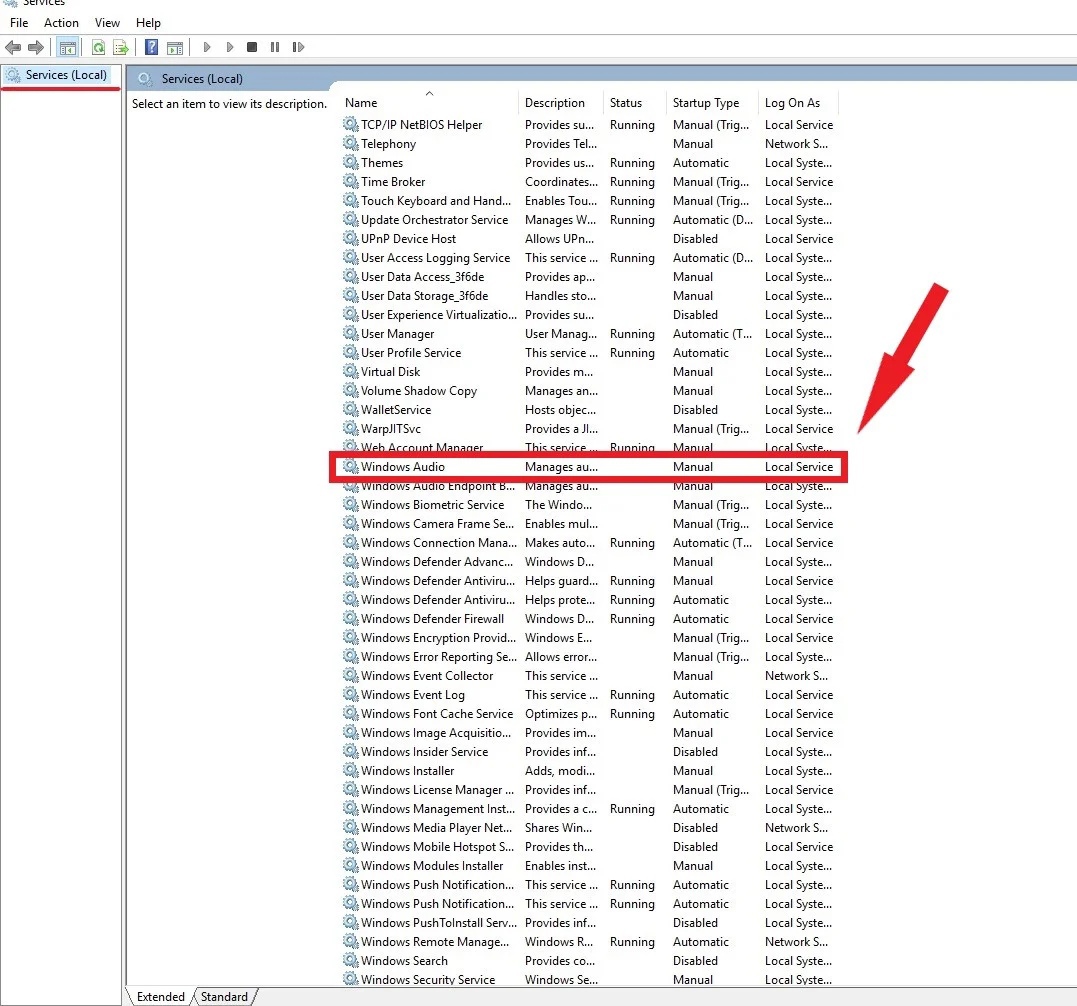
After in the menu of that service click on "Properties":
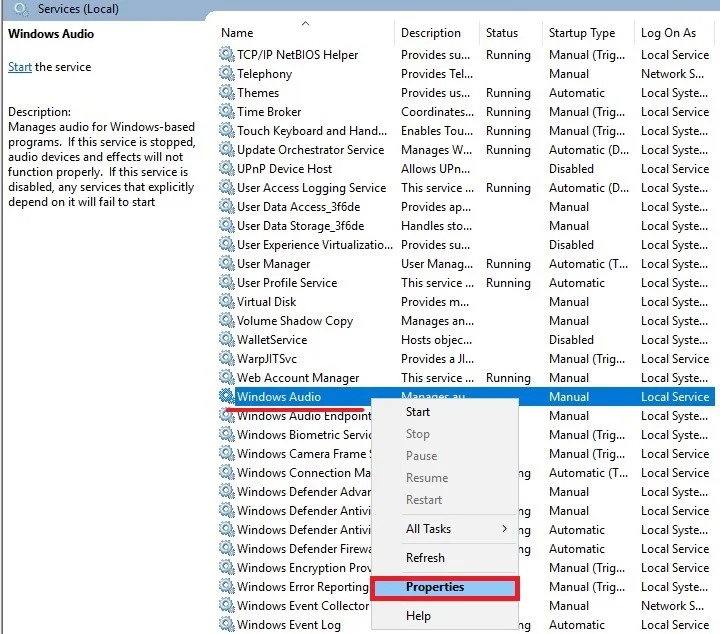
In the opened menu in the "Startup type" choose "Automatic". Now service is automatically on when system start:
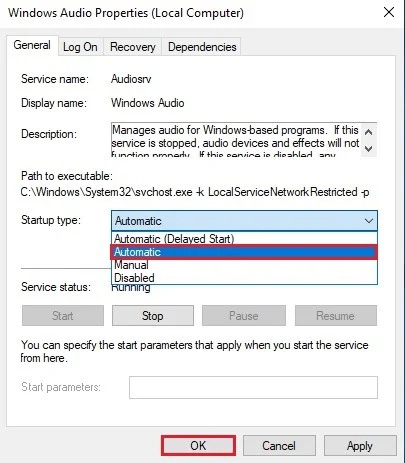
After that reboot service:
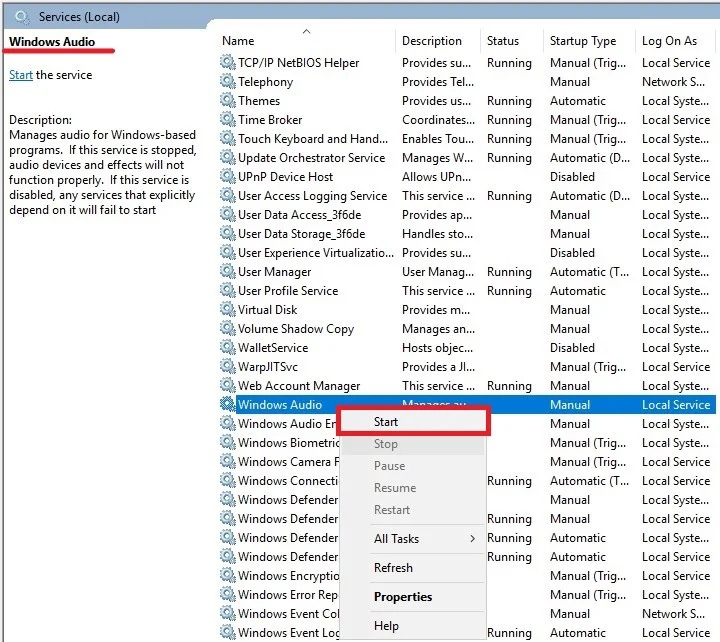
Updating registry settings.
On the next step we have to update registry settings.
Firstly, with Win + R run REGEDIT command:
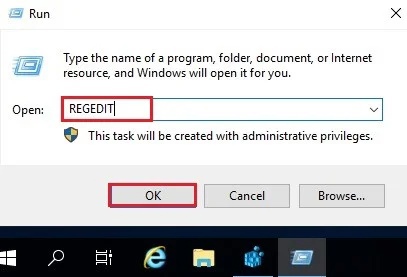
After that go to the path:
HKEY_LOCAL_MACHINE\SYSTEM\CurrentControlSet\Control\Terminal Server\WinStations\RDP-TcpFind file fDisavleAudioCapture:
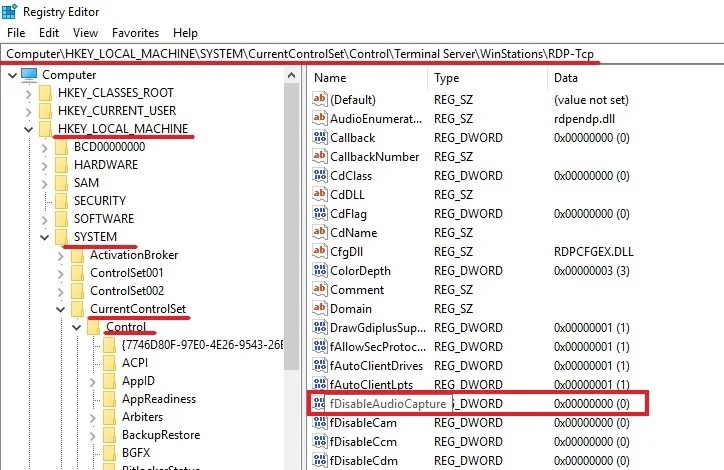
Click twicely on the file and in the opened menu change "Value data" to the eight zeros "00000000":
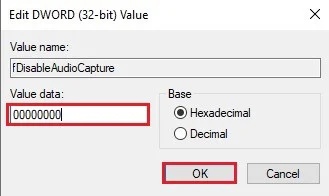
Adding role "Remote Desktop Session Host"
In the Start menu look for a "Server Manage":
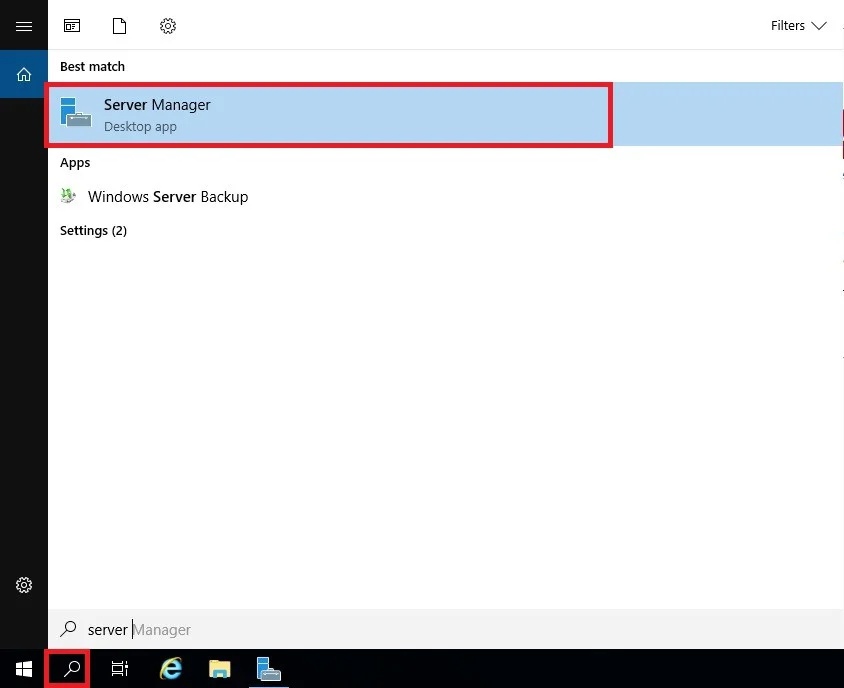
In the right corner click on the "Manage" menu and choose "Adding roles and Features":
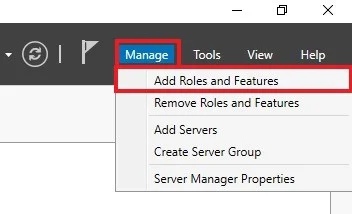
After that, in the opened menu, click "Next":
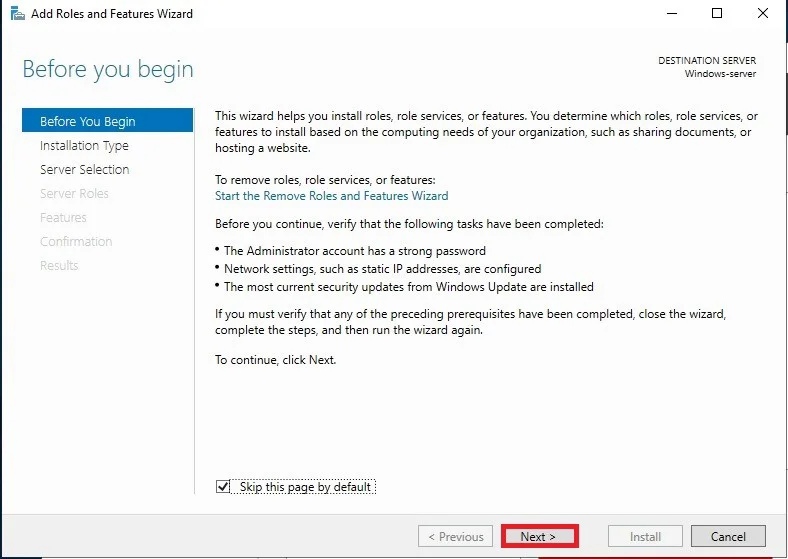
In the menu "Installation Type" choose "Role-based or Fearure-based installation", as it shown on the screenshot:
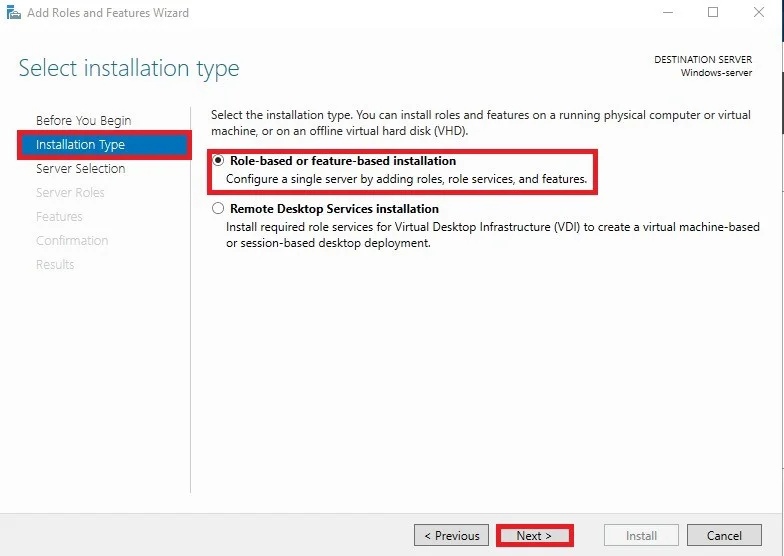
Next, put a tick in the menu "Remote Desktop Services", after that click "Next":
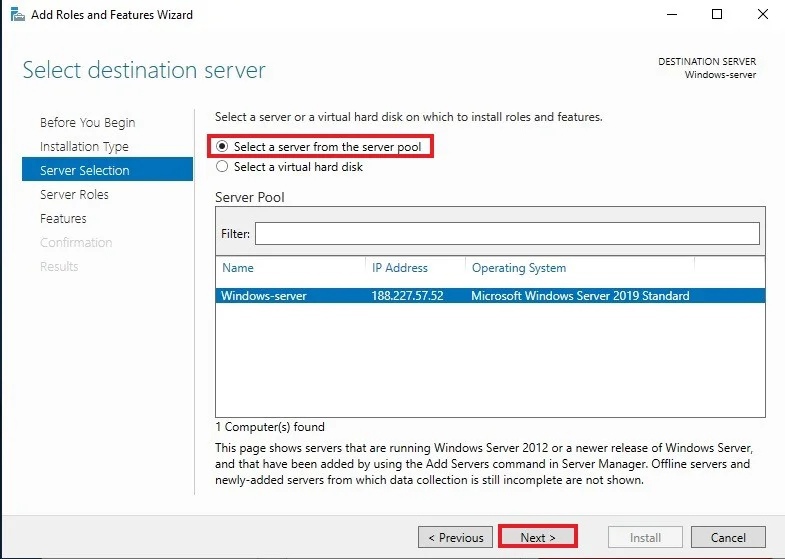
As a next step, put a tick on "Remote Desktop Services":
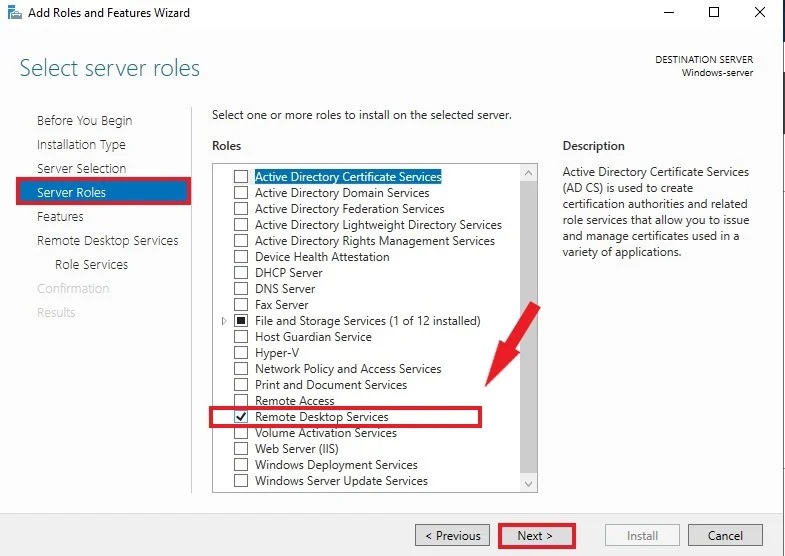
Next just click "Next":
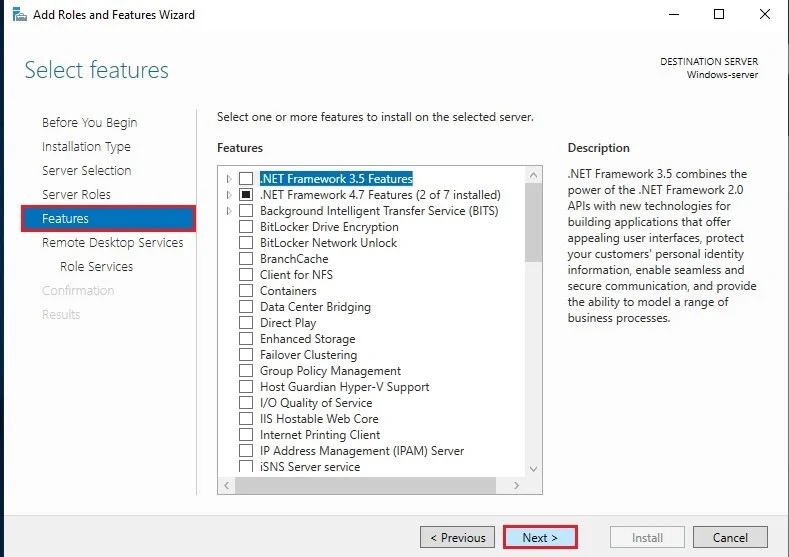
On a step "Role Services" choose "Remote Desktop Session Host" and in an opened menu click on "Add features":
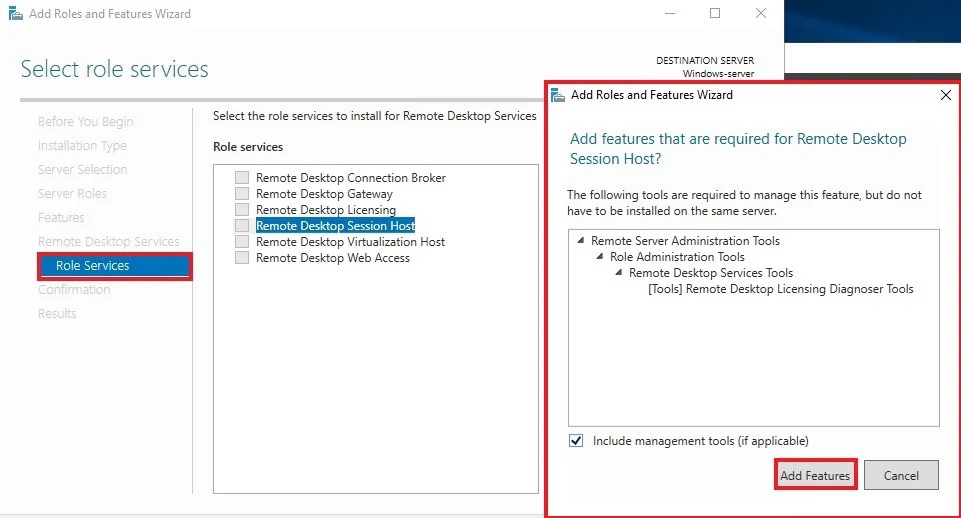
Now just click "Next".
On the "Confirmation" step put a tick in the pole "Restart the destination server...", then click "Install":
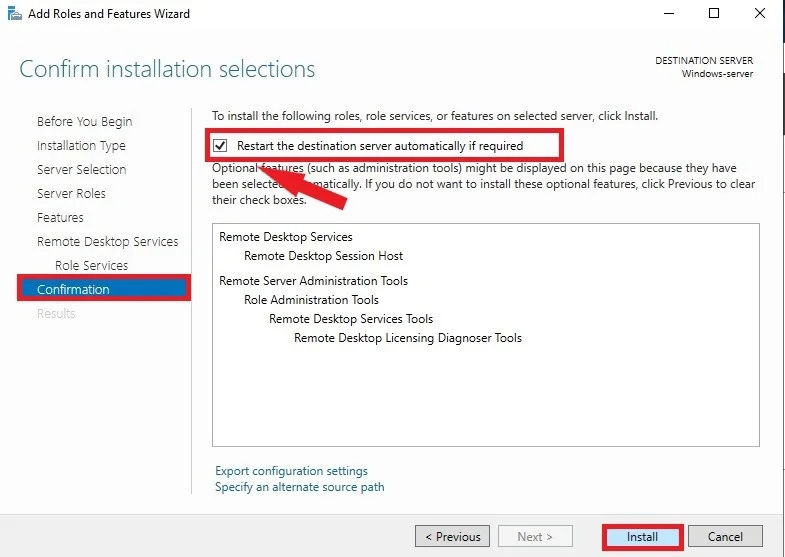
After that installation is going to start:
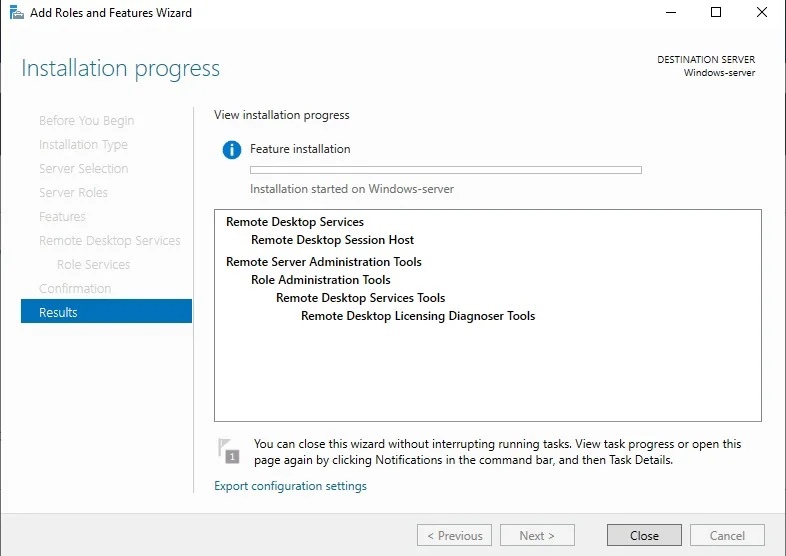
Server is going to restart, role will be enabled.
Remote Audio settings.
Next, open the Remote Desktop Connection settings on your local server:
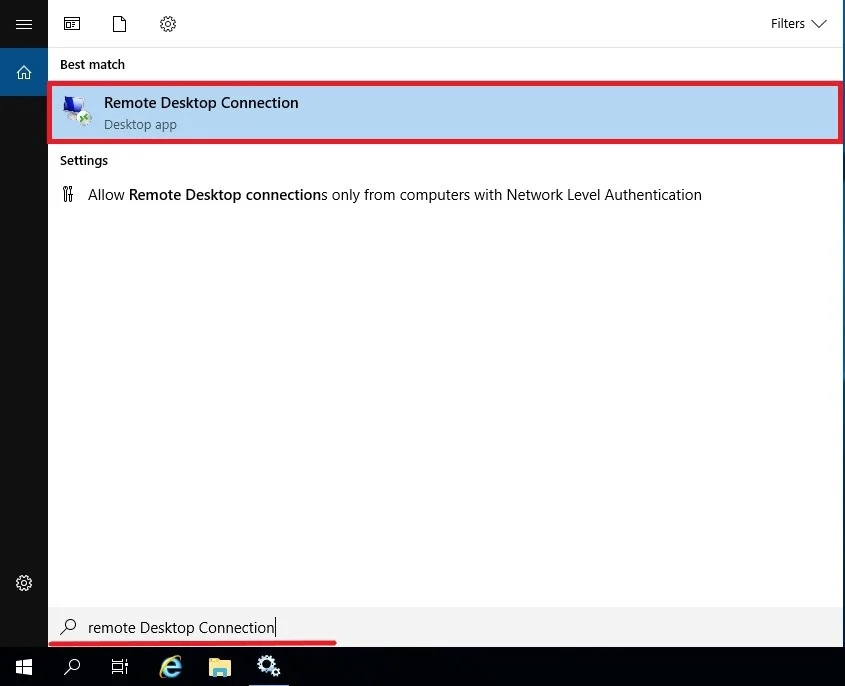
Click on the "Show options" button, then go to "Local resources" and select "Remote Audio":
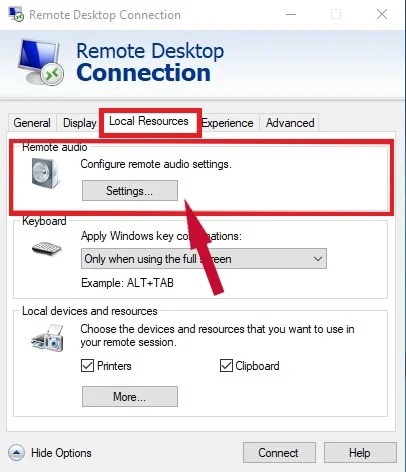
Then, in the settings, select the items "Play on this computer" and "Record from this computer":
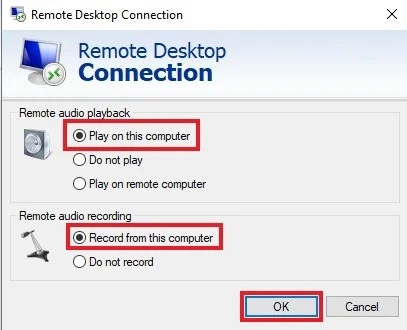
Click "OK".
Click on the sound icon with the right mouse button and select the "Sound" menu:
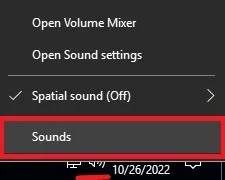
In it, go to the "Recording" tab. And check the presence of "Remote Audio".
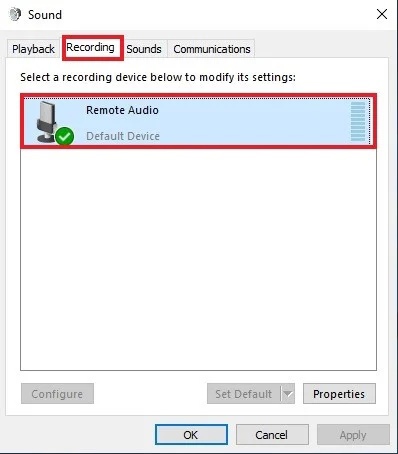
Congratulations! We will now be heard on the remote terminal. In order for it to work correctly, use the default microphone in applications.
FAQ: Microphone Issues in Remote Desktop (RDP) Sessions
- Q1: Why can’t I hear my microphone on the remote computer?
A: This usually happens because microphone redirection is disabled, either on your local machine or the remote server. RDP needs this feature enabled to transmit audio input. - Q2: Can I use any microphone during an RDP session?
A: Most standard microphones work, but some specialized USB or virtual devices may not be compatible with RDP audio redirection. It’s best to use a built-in or USB microphone recognized by Windows. - Q3: My microphone worked before, but now it doesn’t—what changed?
A: Changes in Windows updates, RDP client updates, or server policies may disable audio redirection. Also, switching audio devices or changing default microphone settings can affect functionality. - Q4: Do I need administrator rights to fix microphone issues in RDP?
A: Yes, certain settings like Group Policy changes, enabling services, and server configurations require administrator privileges on the local or remote computer. - Q5: Is it possible to use multiple microphones in RDP?
A: RDP sessions generally support only the default recording device. If multiple microphones are connected, ensure the one you want to use is set as default on the local machine. - Q6: Can microphone issues affect sound output as well?
A: Sometimes, yes. Incorrect audio redirection settings can impact both input (microphone) and output (speakers) during RDP sessions. Checking Remote Desktop audio settings usually resolves this. - Q7: Will RDP audio work on all editions of Windows?
A: Most professional and enterprise editions support audio redirection. Home editions may require registry edits instead of Group Policy settings to enable microphone redirection. - Q8: My microphone is still not detected in apps—what should I do?
A: Ensure the default microphone is selected in both Windows sound settings and the application. Some apps require restarting after the RDP session starts to detect the redirected audio.




